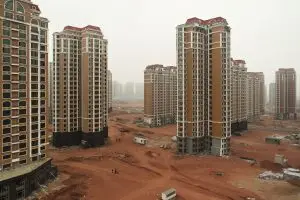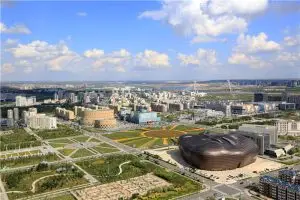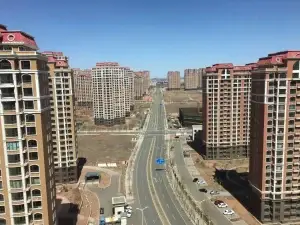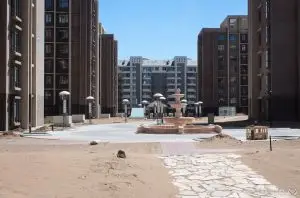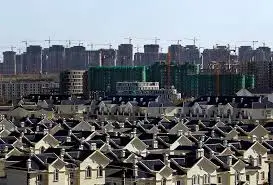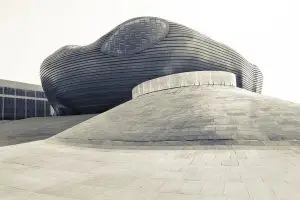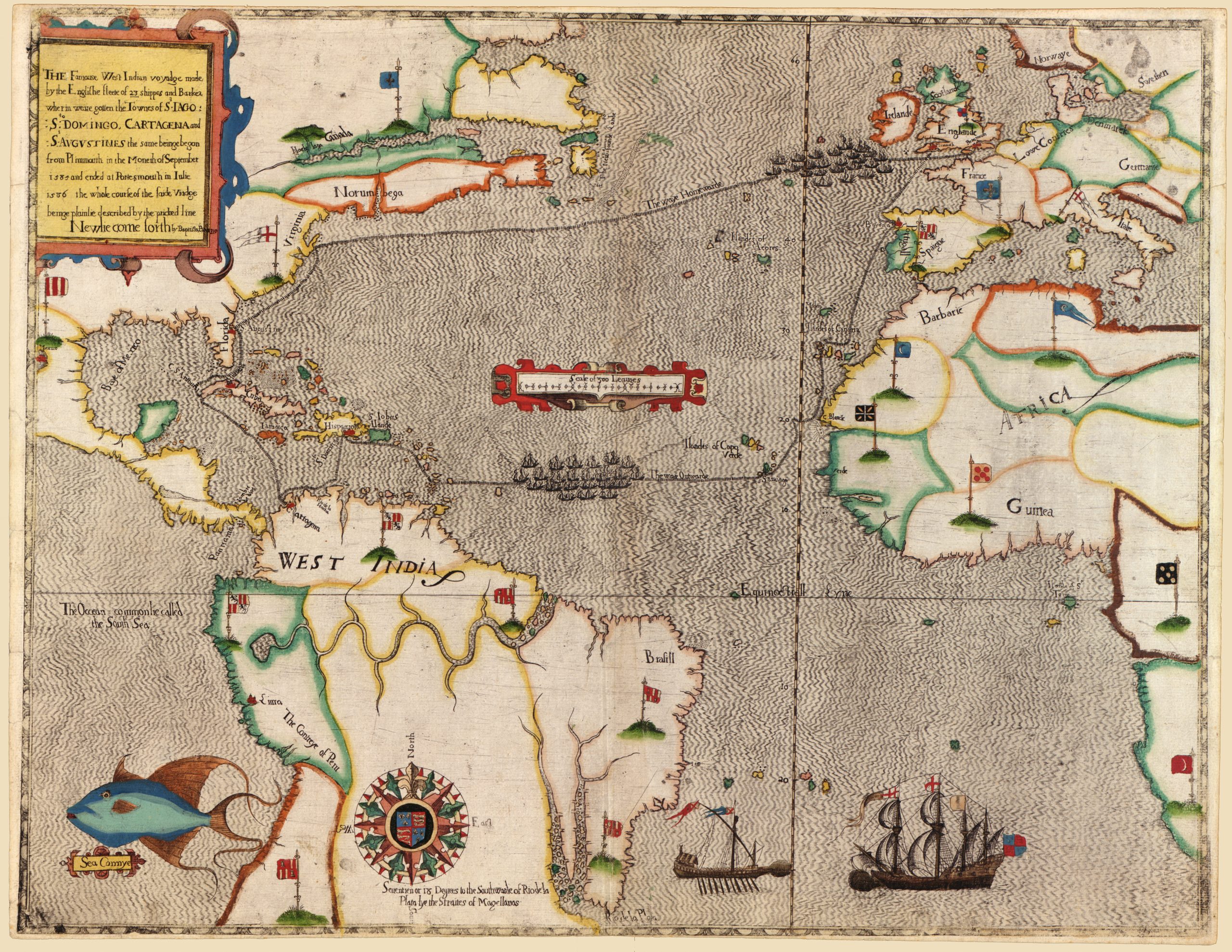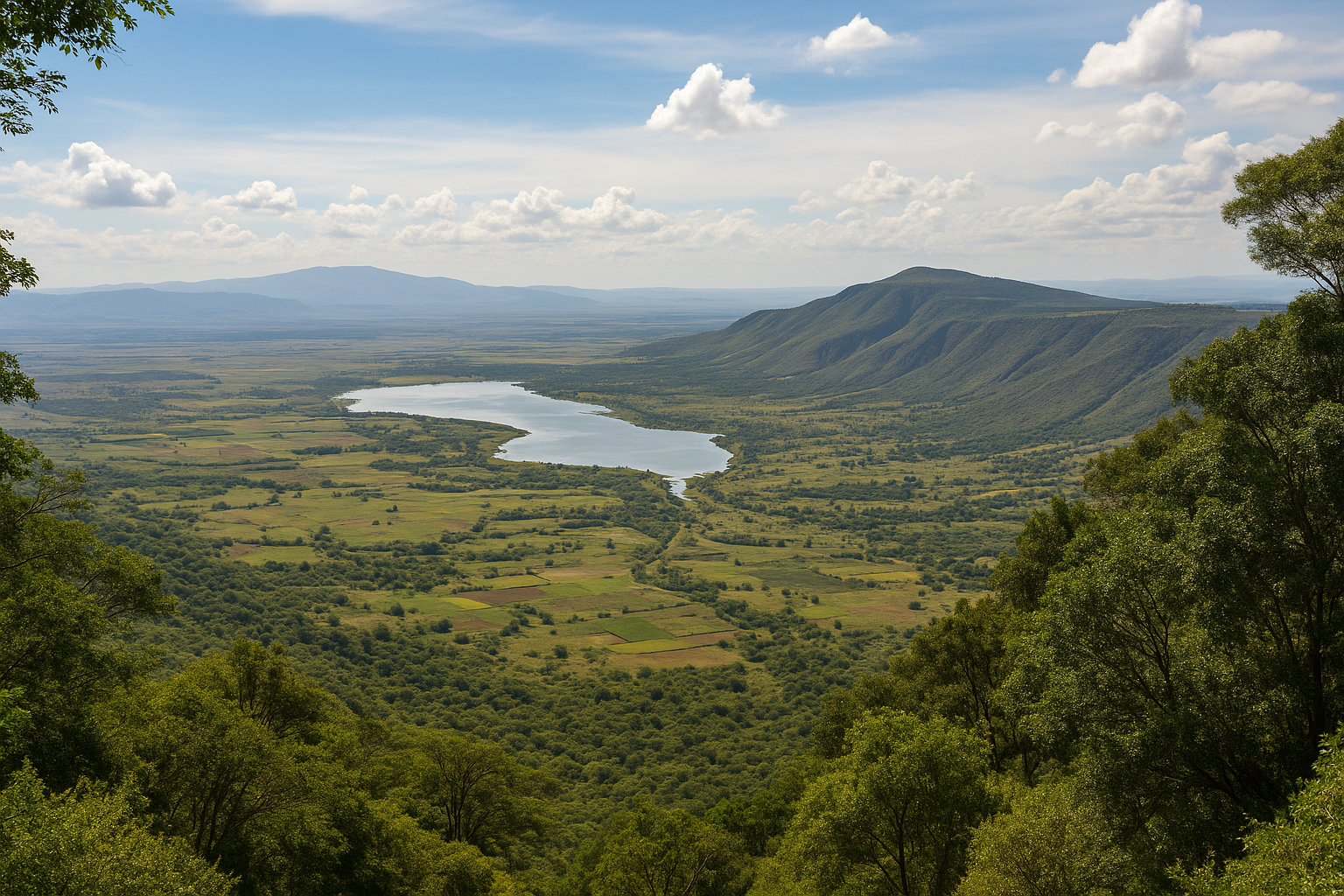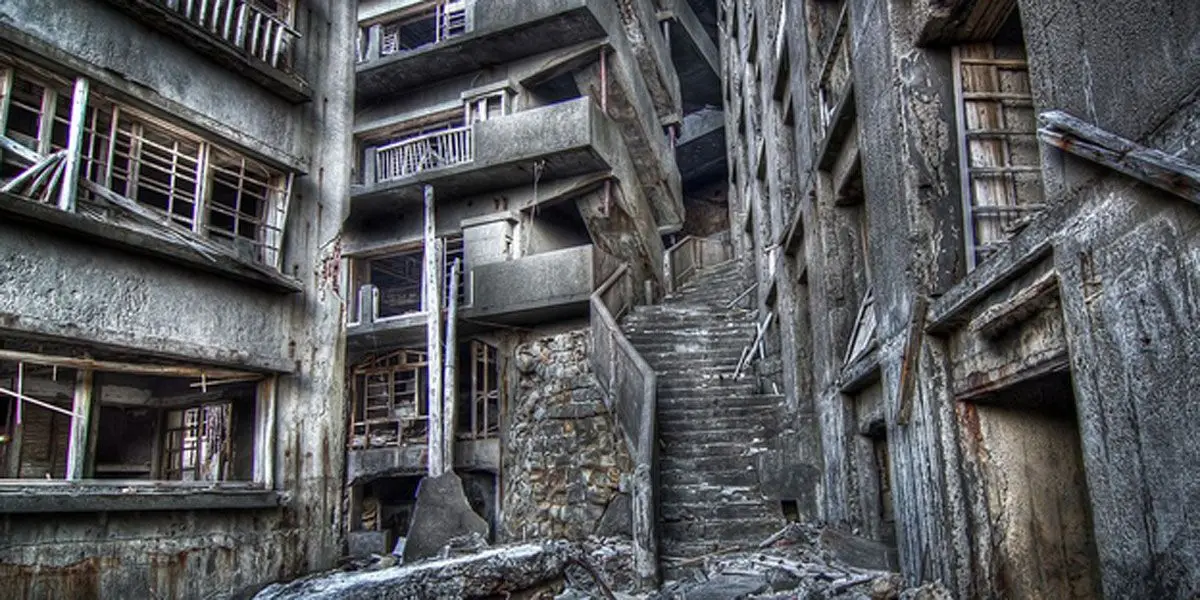Kangbashi
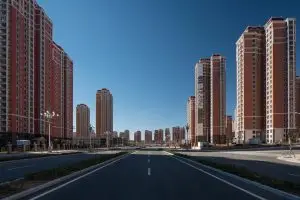
Kangbashi, also known as Kangbashi New Area, is a district in Ordos, Inner Mongolia, China. It gained international attention and was widely labeled as a “ghost city” because of its rapid urban development without a matching population. Here’s an overview of how it began, what happened, and how things are today:
🏗️ How Kangbashi Began
-
Initiated in the early 2000s: Kangbashi was planned as a modern city to support the economic boom in the Ordos region, which had become wealthy from coal mining and natural resources.
-
Ambitious urban planning: The local government invested billions of dollars in creating a futuristic city with broad boulevards, luxury apartments, modern schools, museums, stadiums, and civic buildings.
-
Goal: To house 1 million residents, relieve pressure from the overcrowded Ordos city center, and symbolize China’s growing urban power.
🏚️ What Was Going On? (Why It Was Called a Ghost City)
-
Low population: Despite the infrastructure, few people moved in. At its low point around 2010–2013, the city had only 20,000–30,000 residents.
-
Speculative real estate: Many properties were bought by investors rather than residents. Apartments remained empty, and the city lacked day-to-day vibrancy.
-
Global attention: International media and documentaries showed videos of empty streets, deserted buildings, and idle public transport—branding Kangbashi as a cautionary tale of China’s real estate bubble.
🏙️ How Is Kangbashi Now? (Recent Years)
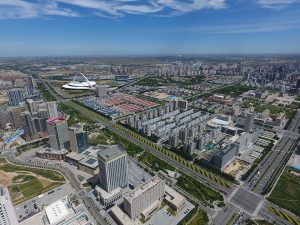
-
Population growth: In the late 2010s and early 2020s, residents began moving in, attracted by improved jobs, education, and housing incentives. By 2020, the population had grown to over 120,000.
-
City development catching up: Schools, businesses, and government offices became active. Kangbashi is now more of a functioning city, though still not as densely populated as planned.
-
Reputation shift: While some still call it a ghost city, it’s increasingly seen as a city in transition rather than a failure. It became a symbol of how urbanization can be delayed but not necessarily doomed.
-
Tourism and uniqueness: The city’s surreal, futuristic architecture and clean layout attract tourists, photographers, and urban planners.
🏙️ Kangbashi’s Architectural Highlights
-
Ordos Museum
Designed by MAD Architects, the Ordos Museum is a striking, futuristic structure resembling a metallic boulder. Its organic form stands out amidst the city’s grid layout, symbolizing the ambition behind Kangbashi’s development. -
Aerial View of Kangbashi
This aerial photograph captures the expansive layout of Kangbashi, highlighting its wide boulevards, modern buildings, and the surrounding landscape. -
Residential Complexes
Rows of high-rise apartment buildings, many of which remained unoccupied for years, showcase the scale of residential development in the city. -
Public Spaces and Parks
Kangbashi features numerous public spaces, including parks and plazas, designed to accommodate a large population and provide recreational areas.
📌 Summary
| Aspect | Then (2000s–2010s) | Now (2020s) |
|---|---|---|
| Population | Very low (tens of thousands) | Over 120,000 and growing |
| Infrastructure | Modern but underused | Increasingly utilized |
| Economy | Resource-based, speculative housing | Diversifying slowly |
| Reputation | “Ghost city” | “Emerging city” |
Conclusion
For more interesting articles, keep on checking our website. Let me hear your view on the comment section below. Your views are being used to improve the site and bring you more articles that matches your your area of interest and make you learn more.

